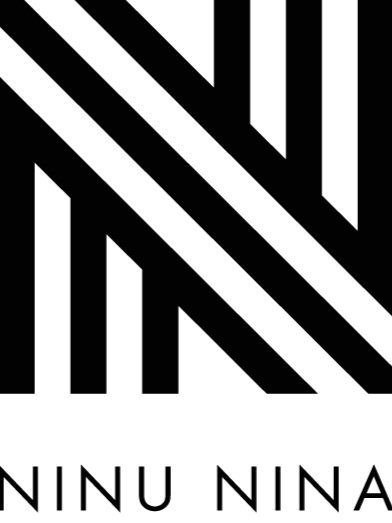KAORUKO'S AROMAKO INTERVIEW
IN LOVE WITH THE paintings by artist ( former Japanese pop star) KAORUKO on display at the Mike Weiss Gallery.
The show titled Aromako, explores the complexity of the modern Japanese woman in terms of her relationship with herself and tradition. Using acrylic paint, traditional sumi calligraphy techniques and silk screened kimono patterns, KAORUKO depicts women in their private domestic spaces. KAORUKO’s paintings are frequently inspired by the Ukiyo-e ‘floating world’ prints of the Edo period, and her inclusion of wave and ocean designs, which denote ‘happiness’ and ‘mystery’, speak to her overarching themes of transcendence and universal love.
While the work may seem erotic, the artist insists that the art illustrates the dichotomy of the contemporary Japanese women. Born in Nagoya, Japan, KAORUKO is a self-taught artist who is now living and working in New York City.
Greatest inspirations or influences?
Till really recently, I've been creating my work to reflect my personal insights and thoughts through my own experience of being a pop singer in Japan in my teens. Ever since I moved to New York in 2009, I became more aware of what's happening in Japan and the rest of the world. The disastrous earthquake and tsunami which devastated Japan in March this year made me really think of not only someone close to me like my family, relatives and friends, but also to think of "everyone in Japan". I think my latest work show this much larger sense of "love" and "humanity."
What were some challenges you faced making this body of work?
One of the challenges I faced was being able to convey my message to the viewer without them thinking I was creating hyper sexualized paintings of woman in their underwear. I tried to use this type of confrontational imagery, to express my thoughts on Japanese culture in it’s relation to the role that women play both socially and politically in present day in contrast to the our history. Knowing that these works would be on view in a contemporary gallery in New York, made me very conscious of how the work would be seen from the gaze of someone who was western background verses eastern.
Most interesting response to your work so far?
As a kid, I always liked drawing and was always excited to create my own piece of art. Because my work was fairly good, people often thought my parents were helping me. Maybe I'm still traumatized because I feel people still think and cant believe that an ex-pop singer can actually paint.
You discuss how Japanese culture has influenced your work a lot, how does living in NY inspire your creativity?
Moving to New York and being away from my home country, I think I have re-discovered my cultural heritage for the very first time and have a deeper appreciation towards Japanese culture. It's ironic but sometimes you cannot see things clearly when you are too close to them. I never used a Kimono pattern as inspiration before I moved here. I have been exploring what it means to be Japanese through the use of symbols that reflect my heritage.
How much of traditional Japanese culture is a part of your art work and how much is pushing boundaries expressing the new modern Japanese woman?
The women I portray are hybrids of traditional Japanese women who have traditional cultural values yet have modern women's characteristics. I like showing their unique natures in my work.
What are some of the greatest changes happening for women in Japan at the moment?
When we use the word "kawaii" to describe Japanese women, I personally picture those women who are pristine and modest just like delicate Japanese dainthus flowers. In Japan, those women are metaphorically called "Yamato Nadeshiko (Japanese dianthus flowers), meaning "women with traditional Japanese beauty." They are supportive and respectful of their men which helps men be more manly in society. I feel Japanese women today still possess similar characteristics to a certain extent, yet they have evolved into a somewhat different breed that can cleverly hide their real motives (hidden agendas) under their perfect "Yamato Nadeshiko" faces. In my work, I often portray women relaxed, revealing part of their skin/body in their own comfortable and personal space with the backdrop of traditional Japanese textiles. With this approach, I try to portray them not in a sexual or an erotic context, but to capture real modern Japanese women with their complex characters.
I personally think women possess this great ability of thinking intuitively rather than analytically. We think in our wombs, but not in our head. I believe this is our strength and we are evolving every day.
How did your life as an artist begin, do you want to share your pop culture start?
I just happened to be a pop singer first before becoming an artist, but I always wanted to be a painter as a kid. When you are young you always want to try any kind of possibilities. I was one of those opportunity-seekers and went to an audition with a friend one day and got the job. I really got a lot of inspirations from my early career as a pop singer creatively.




